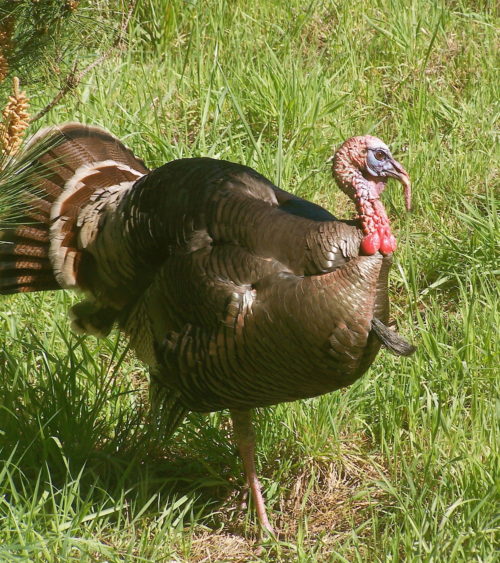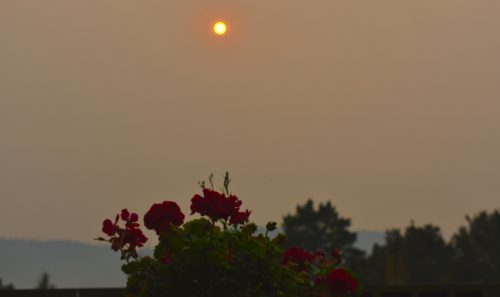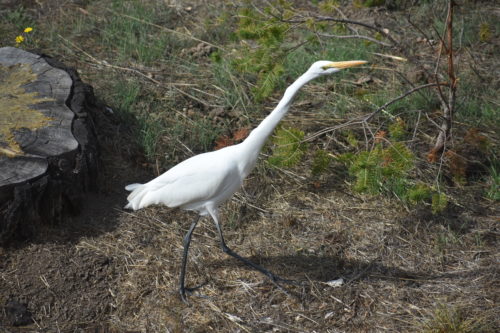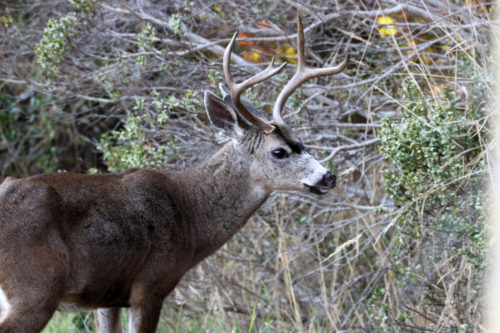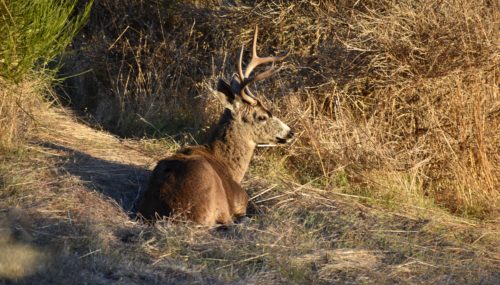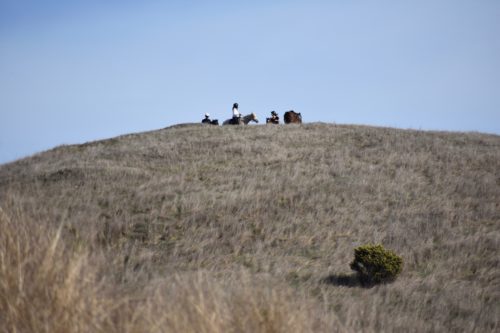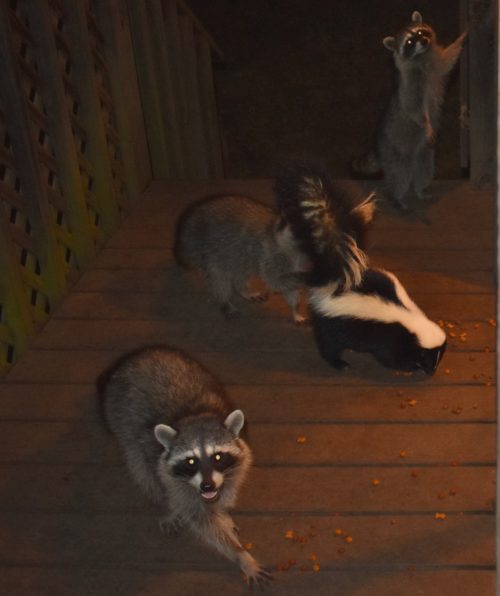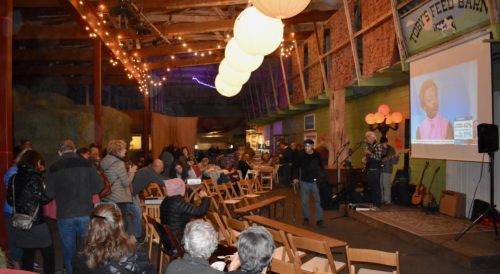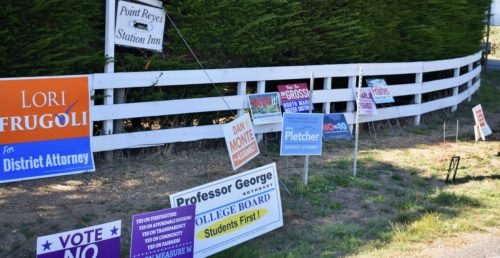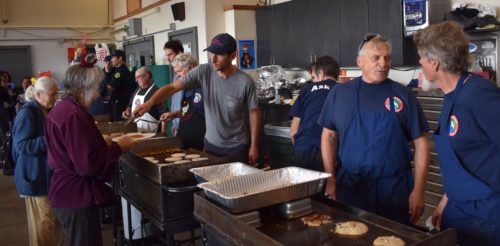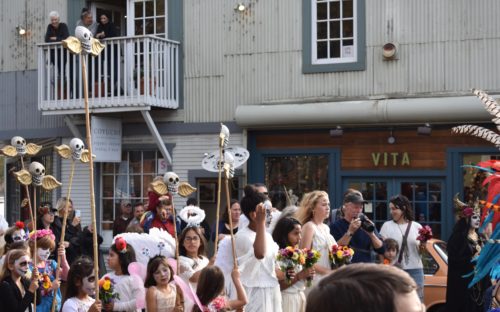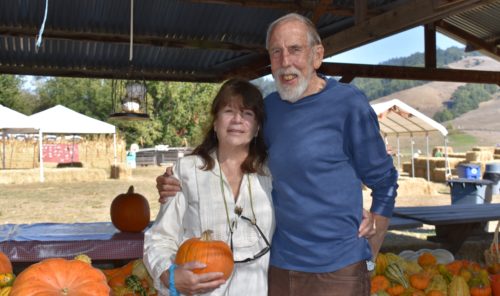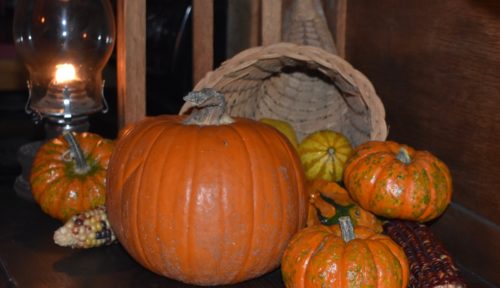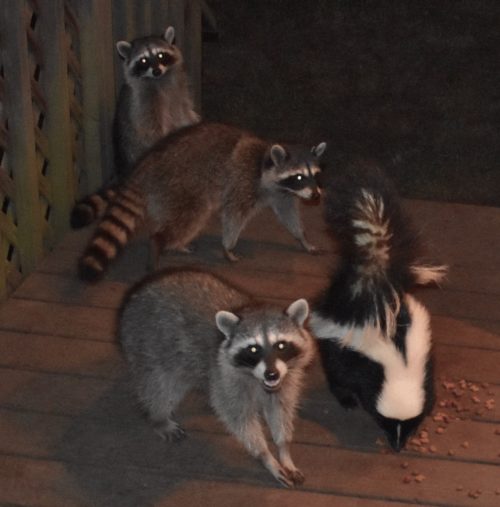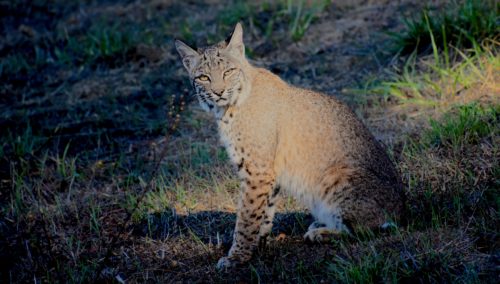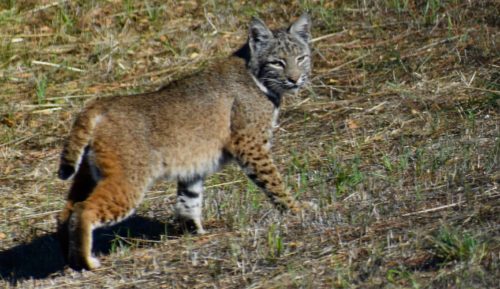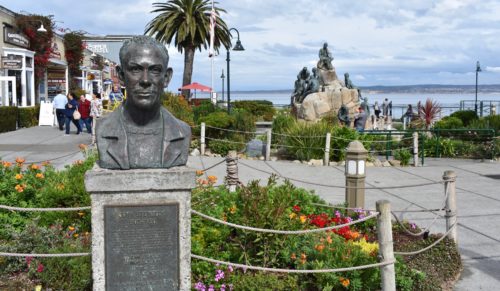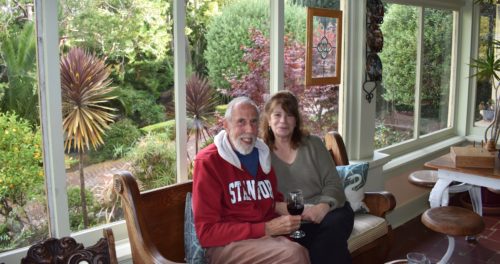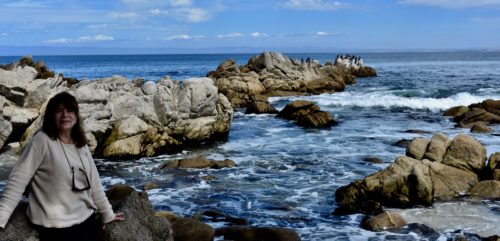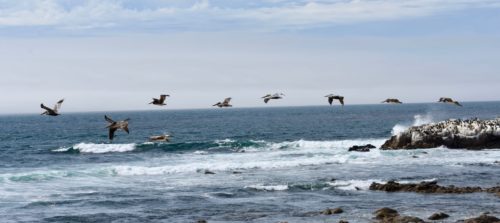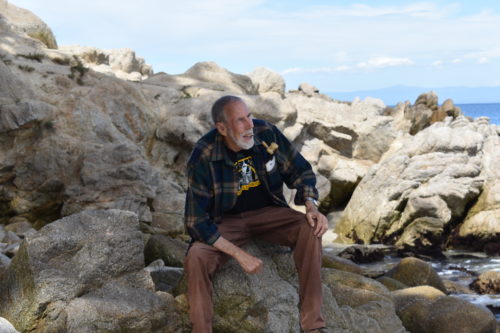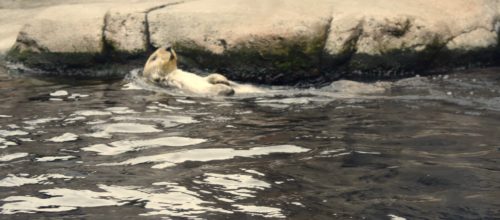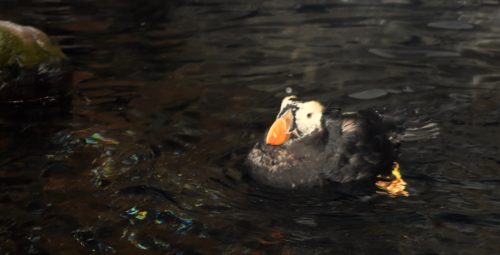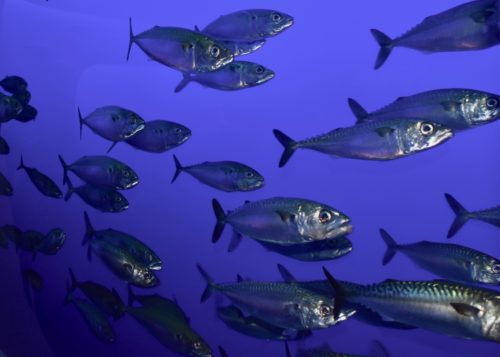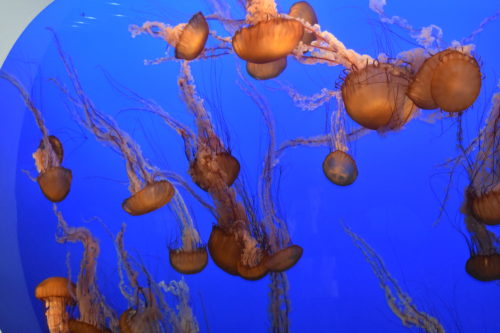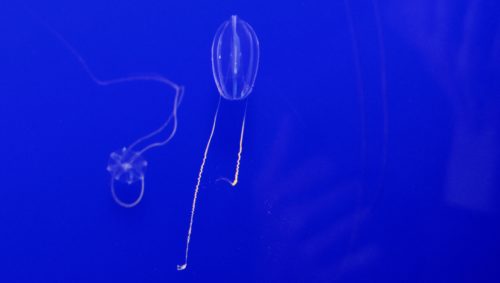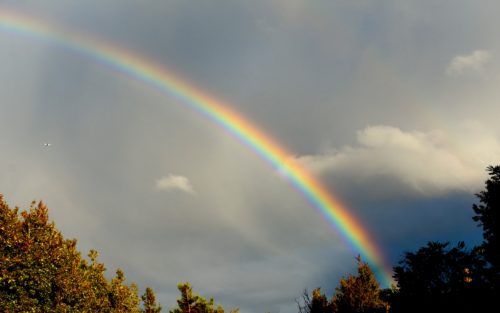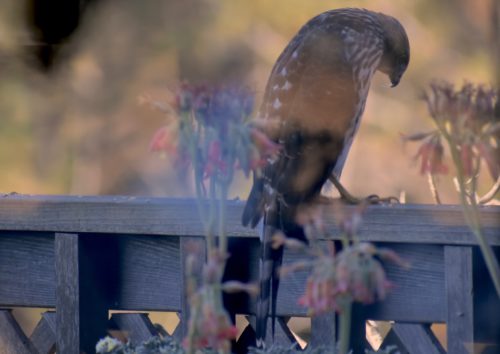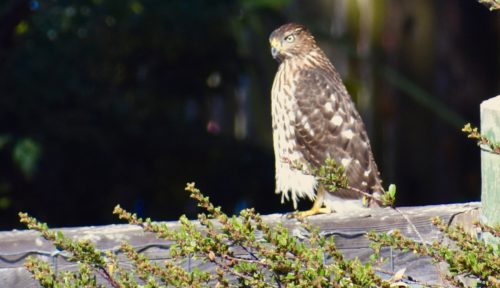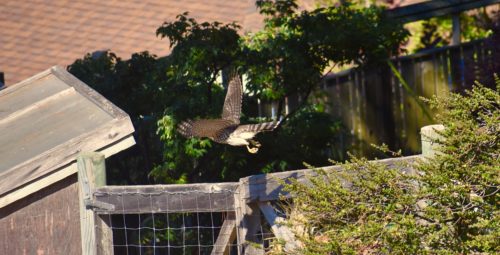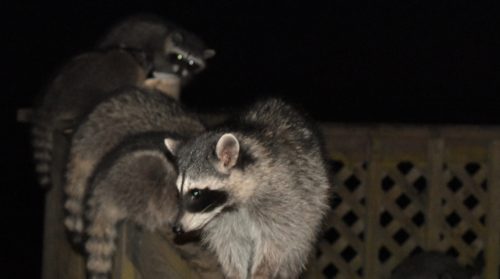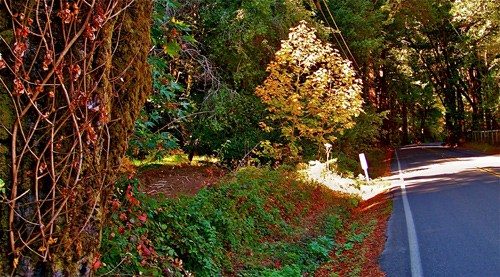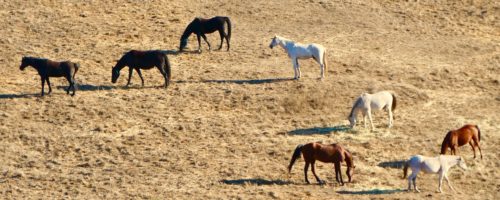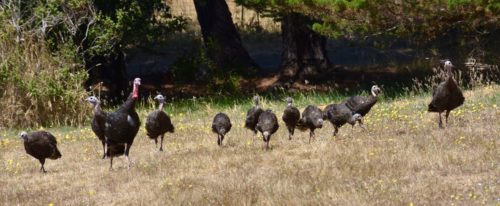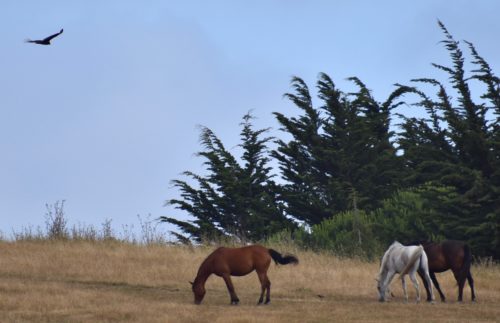Caveat lectorem: When readers submit comments, they are asked if they want to receive an email alert with a link to new postings on this blog. A number of people have said they do. Thank you. The link is created the moment a posting goes online. Readers who find their way here through that link can see an updated version by simply clicking on the headline above the posting.
A friend I met in Sausalito’s No Name Bar where I go Friday evenings to listen to jazz, poet Paul LeClerc, has again recommended a fascinating book I would not know about otherwise. It’s Cain’s Book by Alexander Trocchi. As The New Yorker once commented, “Mr. Trocchi’s ideas…are set down in prose that is always clean and sharp and often ferociously alive with poetry.”
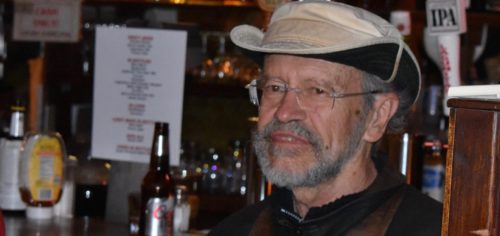
Poet Paul LeClerc in Sausalito’s No Name Bar.
This is the third book LeClerc has recommended that is set in a low-rent, mostly industrial area along the docks of Manhattan Island. The first two were Up in the Old Hotel by Joseph Mitchell and Joe Gould’s Teeth by Jill Lepore, which I wrote about in the postings linked above. Much of LeClerc’s interest in that setting stems from his having driven taxis in New York City, where he also worked in bookstores. (He later did the same in San Francisco.)

Alexander Trocchi as a young man with his typewriter .
Born in Glasgow, Scotland, in 1925, Alexander Trocchi in his 20s moved to Paris where he became a life-long heroin addict. He wrote six pornographic novels and edited an avant-garde literary magazine, Merlin. The magazine lasted from 1952 to 1954 when the US State Department canceled its many subscriptions because, according to Trocchi, of an article by Jean Paul Sartre that praised the homoeroticism of writer Jean Genet.
Trocchi then moved to the US, first to Taos and later settling in New York City, where he became a bargeman on a Hudson River scow. The character Joe Necchi in Cain’s Book is a stand-in for Trocchi. Often Joe spends days alone moored on a scow, at night sleeping in a shack atop the deck. Inside the shack he “fixes” himself with heroin, smokes marijuana and cigarettes, and types manuscripts by the light of kerosene lamps.
On the scow, “I became fascinated by the minute-to-minute sensations, and when I reflected, I did so repetitively and exhaustingly (often under marijuana) on the meaninglessness of the texture of the moment, the cries of gulls, a floating spar, a shaft of sunlight, and it wasn’t long before the sense of being alone overtook me and drained me of all hope of ever entering the city with its complicated relations.”

Alexander Trocchi with his wife Lyn Hicks.
Trocchi neither condemns nor romanticizes heroin addition. He simply shows what it is like. His character Joe lives in an unmoral world where junkies rip off their friends. Joe seduces men and other men’s wives. Women resort to prostitution to pay for their drugs.
And it was all real. When Cain’s Book was published in 1960, notes Wikipedia, “Trocchi was deep in the throes of heroin addiction; he even failed to attend his own launch party for [the book]. His wife prostituted herself on the streets of the Lower East Side.”

Trocchi playing chess with pieces made from used heroin syringes.
“To be a junkie is to live in a madhouse,” Joe muses. “Laws, police forces, armies, mobs of indignant citizenry crying mad dog. We are perhaps the weakest minority which ever existed; forced into poverty, filth, squalor, without even the protection of a legitimate ghetto.”
Growing up, Joe had also been in poverty, but not because of drugs. His mother took care of the house, but his father became a total shirker and stopped contributing anything, he recalls. “Whenever I contemplated our poverty and how it situated me at the edge of an uncrossable gulf at whose far side strolled those fortunate few who had lived their lives in well-mannered leisure, I felt like a tent pegged down in a high wind.”
Yet for all this, Cain’s Book is not a downer. Rather it’s enlightening, making it understandable how some people get hooked on heroin and what then happens to them. Norman Mailer called the book “different from other books: it is true, it has art, it is brave.” In a time when this country is in what’s called “an opiod crisis,” Cain’s Book makes clear that it is possible to become addicted and yet examine oneself through art.
Trocchi died of pneumonia in 1984 at the age of 59.

